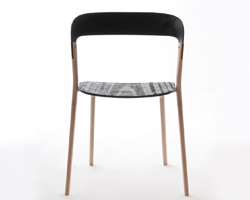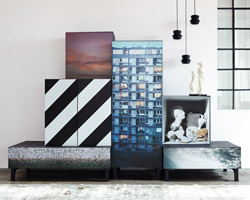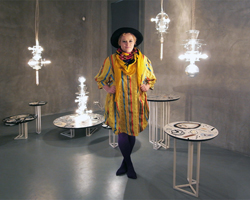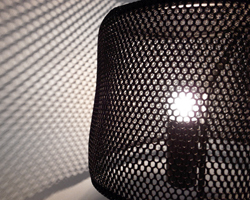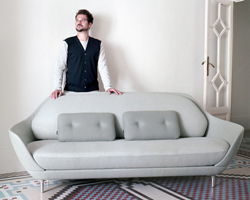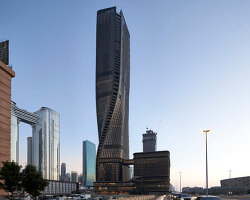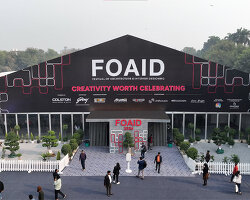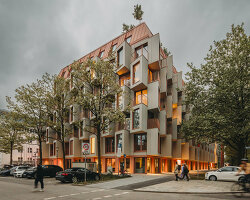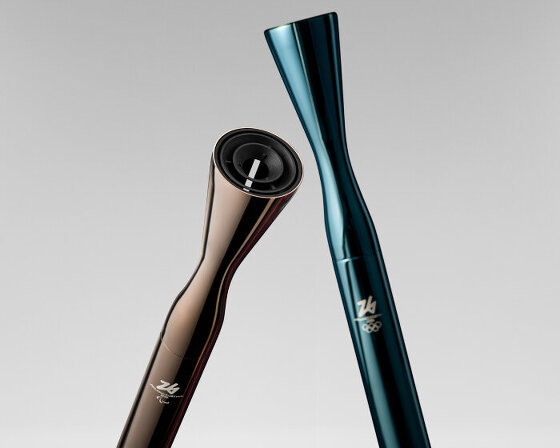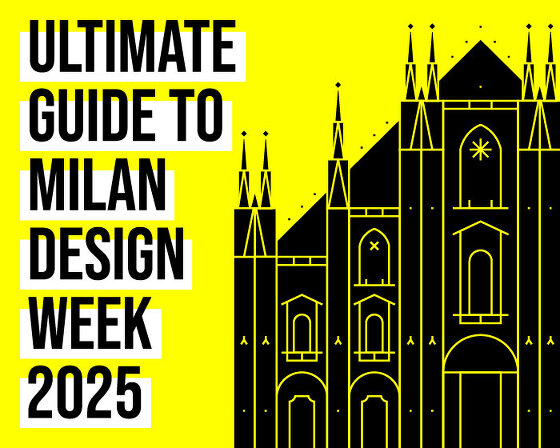KEEP UP WITH OUR DAILY AND WEEKLY NEWSLETTERS
uncover the colorful legacy of italy's iconic train, designed by gio ponti and giulio minoletti in the '50s.
connections: 98
unveiled as well at the italian pavilion in expo 2025 osaka, the design uses fuel coming from cooking oils and animal fats.
connections: +180
discover our guide to milan design week 2025, the week in the calendar where the design world converges on the italian city.
connections: 48
'there is no real, defined space, there’s just the reflection’ – designboom speaks with Hermès artistic directors charlotte macaux perelman and alexis fabry.

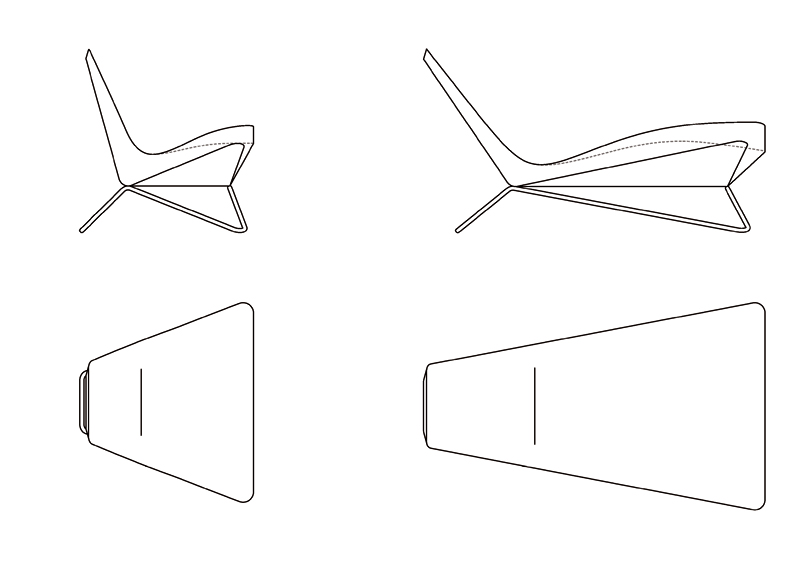 line drawings of the chair
line drawings of the chair ‘sittable’ for prooff
‘sittable’ for prooff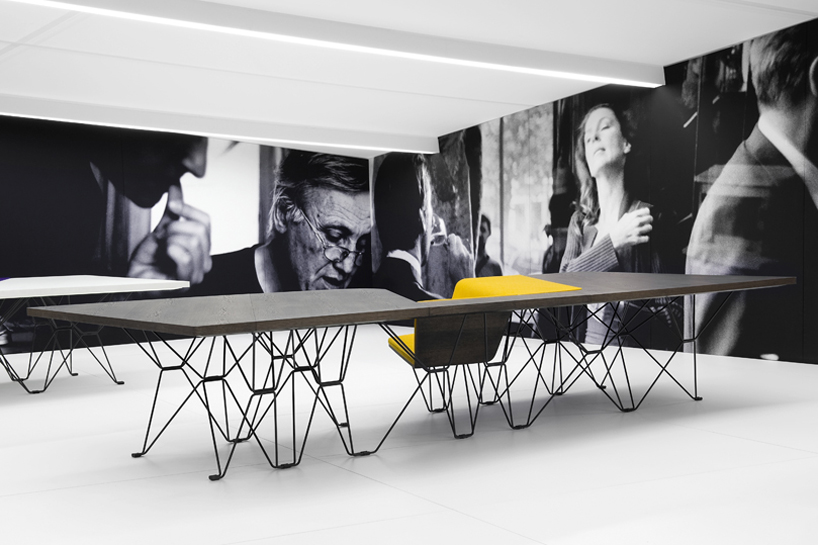 ‘sittable’ for prooff back view
‘sittable’ for prooff back view ‘sittable’ sketch
‘sittable’ sketch ‘new amsterdam chair’ for wilde + spieth photos by inga powilleit
‘new amsterdam chair’ for wilde + spieth photos by inga powilleit